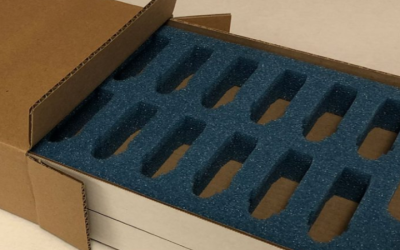For many truck owners across America, the ability to tow heavy loads is a crucial part of daily life, whether for work, recreation, or both. While there are several hitch options available, experienced haulers often seek solutions that provide maximum stability, safety, and towing capacity. When searching for a reliable way to connect their trailer and truck, many American drivers turn to Gooseneck Trailer Hitches for their unique advantages in heavy-duty towing scenarios.
Understanding Gooseneck Hitches
Gooseneck hitches are specifically designed for pickup trucks and are mounted in the bed, directly above or slightly forward of the rear axle. This central positioning distributes the load more effectively than bumper-pull hitches, making them ideal for towing livestock trailers, RVs, large flatbeds, and equipment haulers. By anchoring the hitch in the truck bed, gooseneck setups provide superior maneuverability and reduce sway, which is essential when transporting heavy or unstable loads.
Key Benefits of Gooseneck Hitches
Truck owners choosing gooseneck hitches can expect a range of benefits that make them the preferred option for heavy-duty towing:
• Higher Towing Capacity: Gooseneck hitches can handle significantly more weight than standard receiver hitches, often supporting up to 30,000 pounds or more, depending on the truck and hitch rating.
• Improved Stability: The hitch’s placement over the rear axle minimizes trailer sway and enhances overall control, especially on highways or uneven terrain.
• Better Turning Radius: Unlike bumper-pull setups, gooseneck hitches allow for tighter turns, which is particularly useful in confined spaces or when maneuvering large trailers.
• Truck Bed Accessibility: Many gooseneck hitches are designed to be removable or feature fold-down balls, allowing for full use of the truck bed when not towing.
Safety Considerations for Heavy Load Towing
Safety is paramount when hauling substantial loads. Here are essential tips for using gooseneck hitches safely:
1. Check Weight Ratings: Always verify the towing and tongue weight ratings for both your truck and hitch. Exceeding these limits can result in equipment failure or accidents.
2. Proper Installation: Ensure the hitch is professionally installed and torqued to the manufacturer’s specifications. Incorrect installation can compromise safety.
3. Regular Inspections: Before each trip, inspect the hitch, coupler, safety chains, and wiring for signs of wear or damage. Address any issues immediately.
4. Balanced Loading: Distribute the weight of your cargo evenly, with slightly more weight toward the front of the trailer, to maintain stability.
5. Driving Adjustments: When towing, increase your following distance, reduce speed, and make wider turns to accommodate the added length and weight.
Choosing the Right Gooseneck Hitch
Selecting the right gooseneck hitch involves considering your truck’s capabilities, the types of loads you’ll be hauling, and the frequency of use. Look for hitches that match or exceed your towing requirements and are compatible with your truck’s make and model. Consulting with a professional installer can help ensure you choose a hitch that meets both your needs and safety standards.
For truck owners who demand reliability and performance, gooseneck hitches are a proven solution for towing heavy loads. Their robust construction, superior stability, and high weight capacities make them indispensable for those who regularly tow large trailers. By understanding the unique benefits and following best practices for installation and safety, American truck owners can maximize their towing potential while keeping themselves and others safe on the road.



